Hi there, pet lovers! 🐦
The Myna bird (commonly the Common Hill Myna or Acridotheres tristis) is one of the most charismatic and intelligent pet birds in the world. Famous for their remarkable talking ability, expressive eyes, and lively personalities, mynas have long captured the hearts of bird lovers. Whether you’re drawn to their stunning glossy plumage or their human-like mimicry, these birds make for fascinating and highly interactive companions.
In this comprehensive review, we’ll explore everything you need to know before bringing a Myna bird into your home — including their temperament, care requirements, diet, housing, and overall costs. Whether you’re a first-time bird owner or a seasoned avian keeper, this guide will help you decide if the Myna bird is the right fit for you.
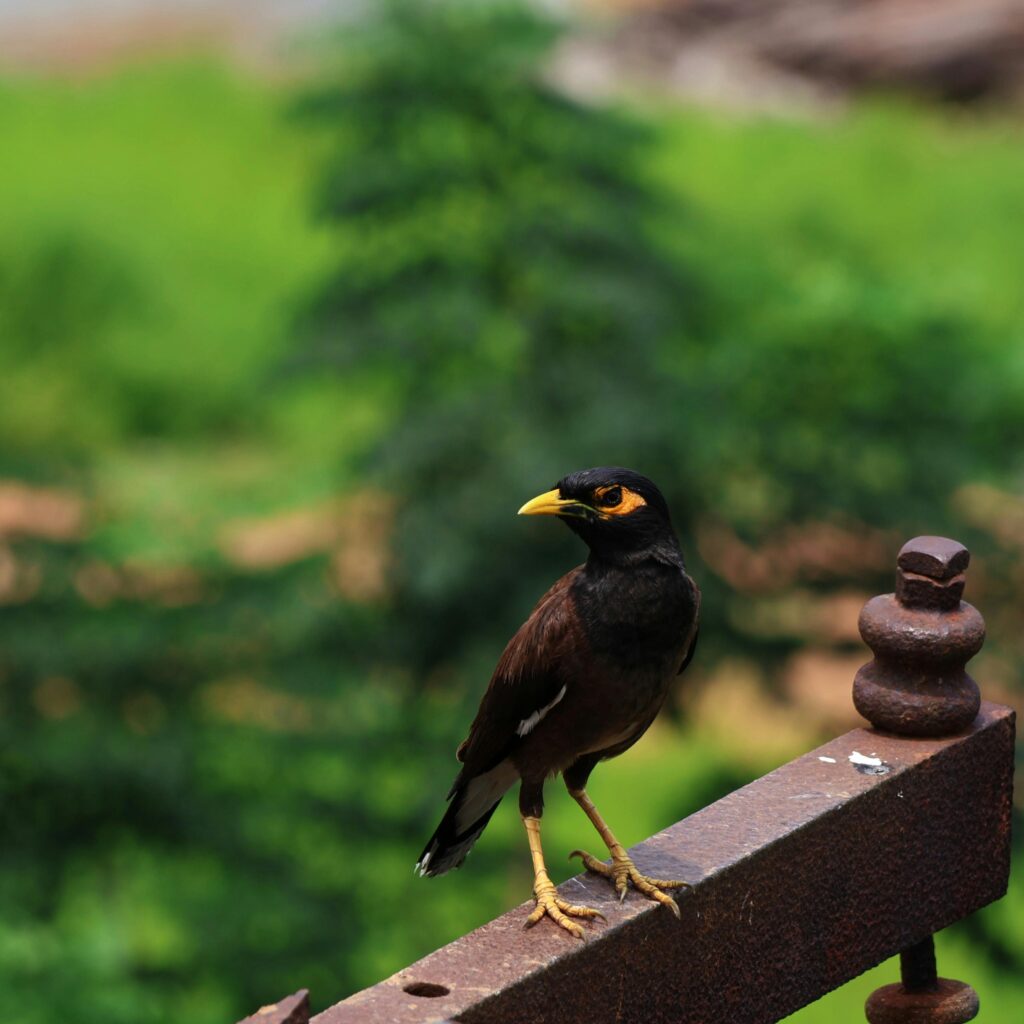
Overview
Myna birds are medium-sized, highly intelligent passerines native to South and Southeast Asia. They are part of the starling family (Sturnidae) and are known for their ability to mimic human speech with stunning clarity. They are social, energetic, and thrive on attention, making them wonderful but demanding pets.
Here’s a quick summary of what makes them stand out:
- Handling and Temperament: Intelligent, social, and talkative; require daily interaction.
- Care and Maintenance: Moderate; cleanliness and social engagement are key.
- Health and Durability: Hardy but prone to liver issues if diet is poor.
- Availability: Commonly available through breeders and exotic bird sellers.
- Cost: Moderate to high initial cost and ongoing maintenance.
- Overall: A lively, talkative companion for experienced or dedicated bird owners.
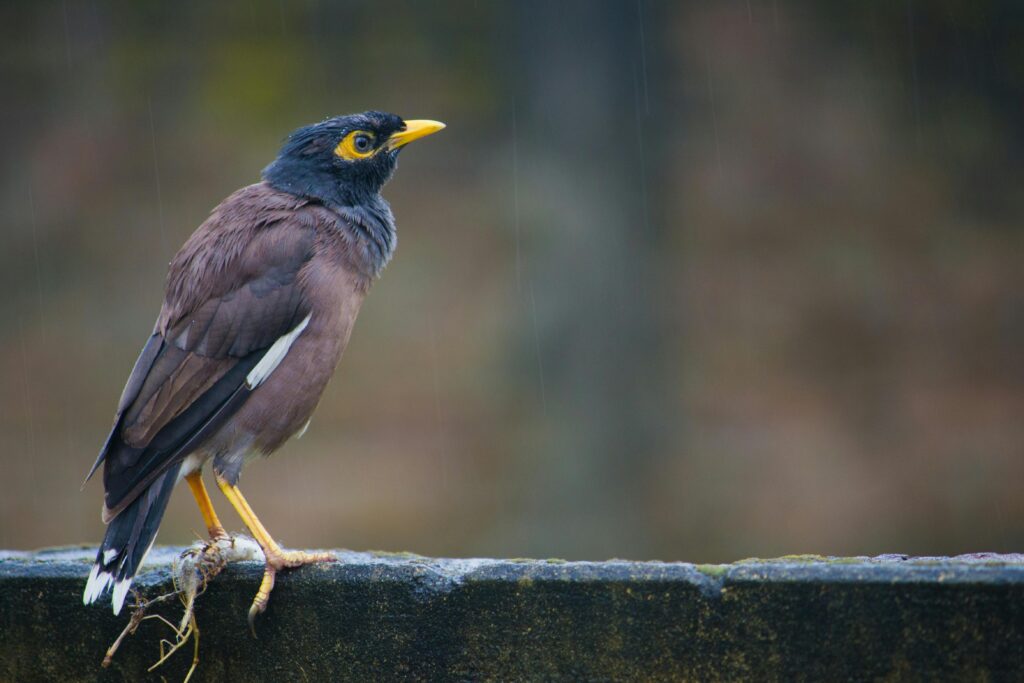
Why Choose a Myna Bird?
Myna birds are often chosen for their outgoing personalities and impressive mimicry skills. They can learn to imitate human words, laughter, doorbells, phone rings, and even tones of voice with near-perfect accuracy. Unlike parrots, their speech is clearer and more human-like, which makes them a delight to interact with daily.
Their sociable and curious nature makes them perfect companions for people who have time to interact regularly. However, they are not suitable for owners seeking a quiet pet — mynas are vocal by nature and enjoy being the center of attention.
With proper care, Myna birds can live 12–15 years, and some have been known to live up to 20 years in captivity. Their long lifespan and emotional intelligence make them a meaningful long-term companion for those willing to invest time and care.
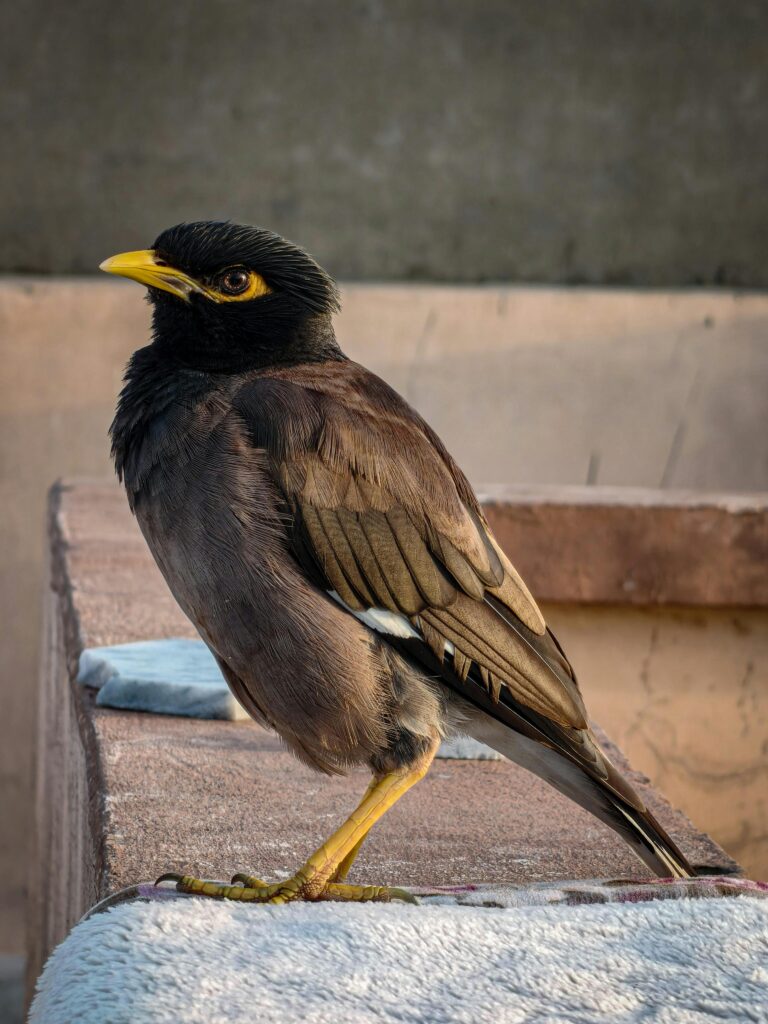
Handling and Temperament
Myna birds are among the most intelligent and expressive pet birds available. They are naturally inquisitive and form strong bonds with their human caretakers. However, their social intelligence comes with emotional complexity — they can be affectionate, playful, and sometimes moody or territorial.
Personality Traits
- Highly social: They love being around people and other birds.
- Talkative: Myna birds can learn up to 100 words or more, depending on training and interaction.
- Playful: They enjoy toys, mirrors, and activities that challenge their intelligence.
- Expressive: Their body language — such as feather fluffing or vocal pitch changes — communicates mood clearly.
Handling Tips
- Spend at least 1–2 hours daily interacting or talking to them.
- Use positive reinforcement and gentle training sessions.
- Avoid loud scolding or sudden movements, as they are sensitive to tone and can become stressed.
- Supervise outside-the-cage time; they love exploring and may chew on wires or furniture.
Mynas are not aggressive by nature, but they can nip or squawk if frightened or overstimulated. Regular interaction from a young age helps them stay tame and affectionate.
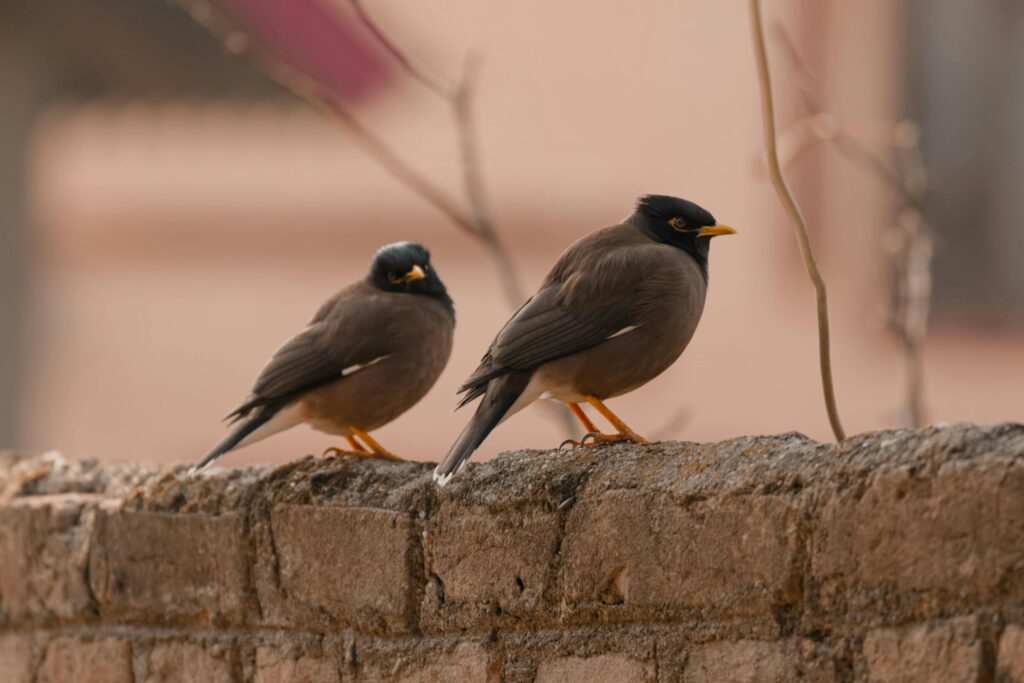
Care and Maintenance
Caring for a Myna bird is moderately demanding — not because they are fragile, but because they are highly social and messy eaters. Maintaining their health and happiness requires consistent attention to diet, hygiene, and stimulation.
Housing and Enclosure
Mynas are active flyers and climbers, so they require a spacious cage that allows movement and exercise.
Recommended Enclosure Setup
- Minimum Size: 36” L × 24” W × 36” H for one bird.
- Bar Spacing: ½ to ⅝ inch to prevent escape or injury.
- Cage Material: Stainless steel or powder-coated metal.
- Accessories: Include perches of varying diameters, swings, ladders, and foraging toys.
- Placement: Keep the cage in a well-lit, social area but away from direct sunlight and drafts.
Mynas also need daily free-flight time outside the cage in a secure, bird-proofed room.
Cleanliness
Myna birds are known for being extremely messy, especially with soft or wet foods. Their droppings are liquid, and they frequently toss food around.
- Clean the cage daily and change paper linings.
- Disinfect perches and bowls at least twice weekly.
- Provide a bird-safe shower or misting 2–3 times a week to help with feather condition.
Diet and Nutrition
Proper nutrition is essential for their long-term health and clear vocalization. Mynas are softbill birds, meaning they cannot eat hard seeds like parrots.
Ideal Diet Composition
- Commercial softbill pellets: 40–50% of diet (brands like Mazuri or Tropican).
- Fruits: Banana, papaya, apple, pear, mango, berries, and melon.
- Vegetables: Sweet potato, carrot, peas, corn, spinach (in moderation).
- Protein (occasional): Cooked egg or insects like mealworms once or twice weekly.
- Avoid: Avocado, chocolate, caffeine, salty or sugary foods, and hard seeds.
Feeding Schedule
- Feed twice daily — morning and late afternoon.
- Always provide fresh water (change 2–3 times daily due to mess).
Mynas are prone to fatty liver disease if fed too much fruit or sugary food. Keeping a balanced diet and maintaining portion control is essential.
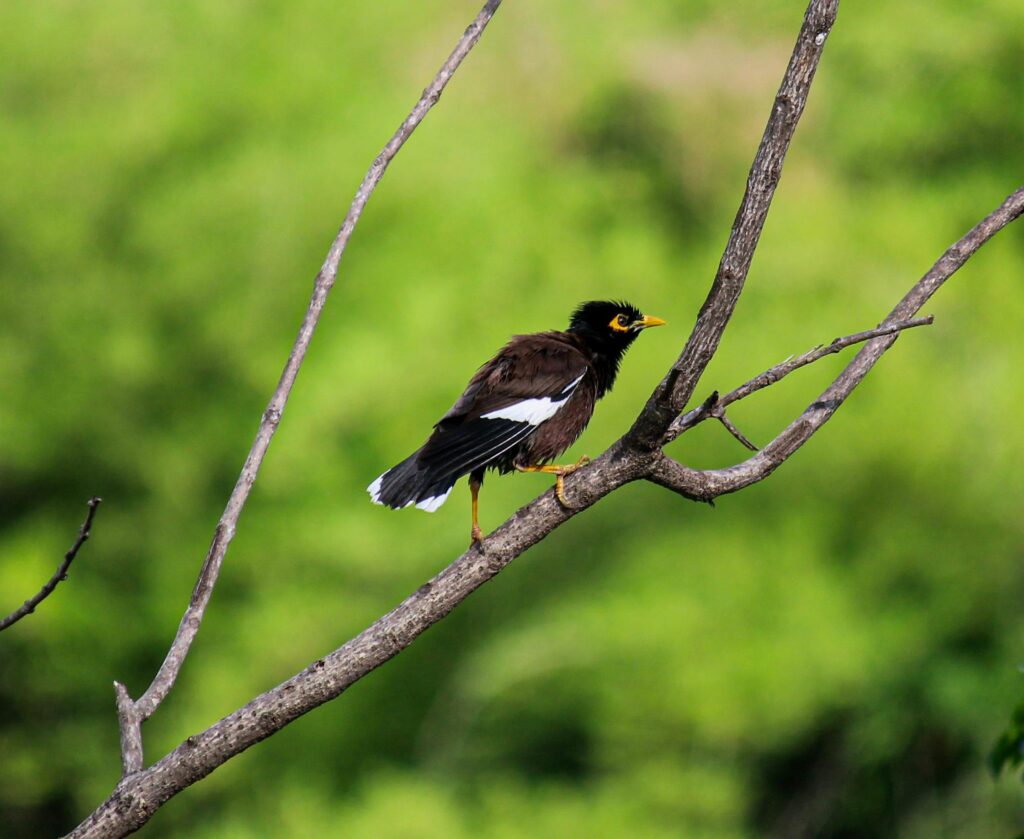
Health and Durability
Myna birds are generally hardy when properly cared for, but poor diet or hygiene can quickly lead to health issues.
Common Health Issues
- Hepatic lipidosis (Fatty Liver Disease): Caused by high-fat diets or excessive fruit consumption.
- Aspergillosis: A fungal infection from moldy food or poor ventilation.
- Bacterial infections: Can result from dirty cages or contaminated water.
- Beak or feather damage: Often caused by stress or boredom.
Preventative Care
- Maintain a balanced diet and avoid excess sugars.
- Ensure good ventilation and a clean environment.
- Provide daily mental stimulation to prevent stress or feather picking.
- Schedule annual veterinary check-ups with an avian specialist.
Signs of illness include loss of appetite, lethargy, drooping wings, changes in droppings, or loss of voice. Early veterinary attention can prevent serious complications.
Lifespan
With proper care, a Myna bird can remain healthy, vocal, and playful for 12–15 years, and some have been known to live up to 20 years in captivity.
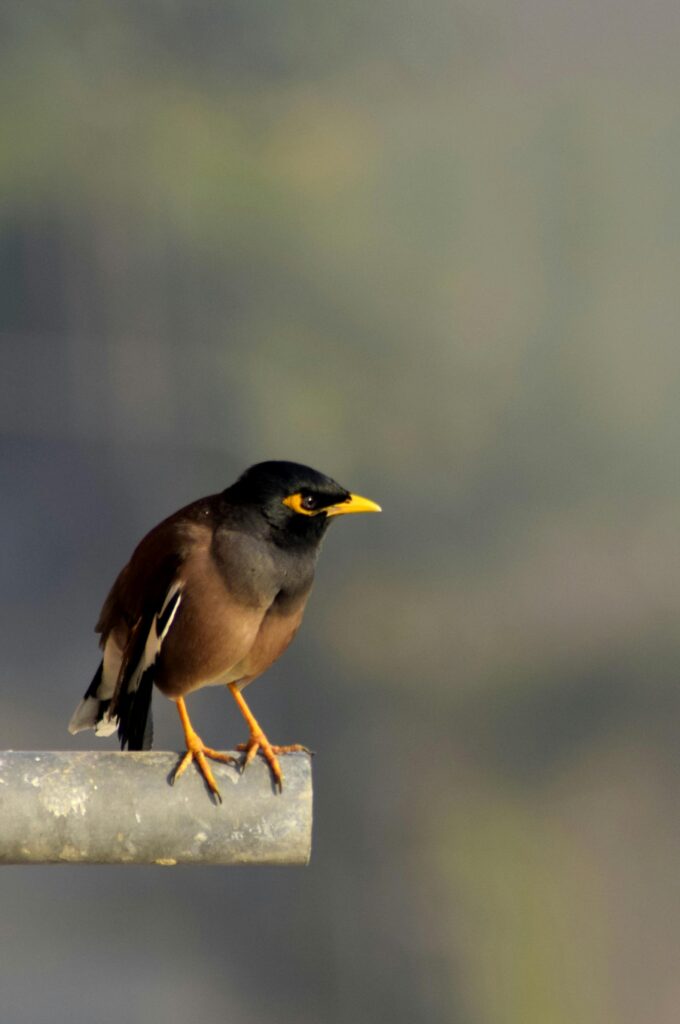
Availability and Cost
Myna birds are relatively common in Asia and available in many countries through specialized breeders or exotic bird shops. They are protected in some regions, so always verify local regulations before purchasing.
Where to Buy
- Reputable Breeders: Offer hand-raised and socialized birds.
- Avian Expos: Good for meeting breeders and observing bird behavior firsthand.
- Pet Stores: Available in some, though ensure they are ethically sourced.
Cost Breakdown
- Bird Price: Typically ranges from $200 to $1,000, depending on the species (Hill Myna being the most expensive).
- Cage and Setup: Around $300–$600 for a proper enclosure and accessories.
- Monthly Upkeep: Approximately $50–$100 for food, cleaning supplies, and toys.
While the initial investment is moderate, the real cost comes from time and commitment. Mynas demand social interaction and mental engagement daily.
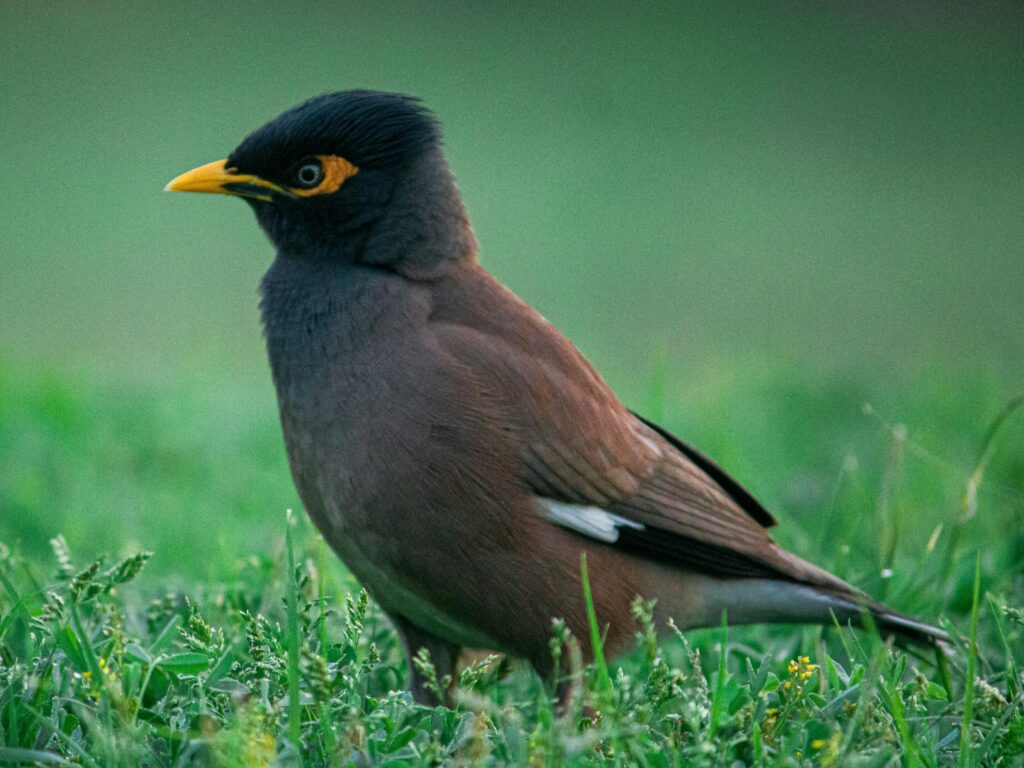
Pros and Cons
Pros
- Exceptional ability to mimic human speech.
- Highly intelligent and interactive.
- Loyal and affectionate when bonded.
- Beautiful plumage and expressive behavior.
- Long lifespan with proper care.
Cons
- Noisy and not suited for quiet households.
- Extremely messy eaters.
- Require daily attention and socialization.
- Prone to liver issues if diet isn’t monitored.
- Need a large, clean environment to stay healthy.
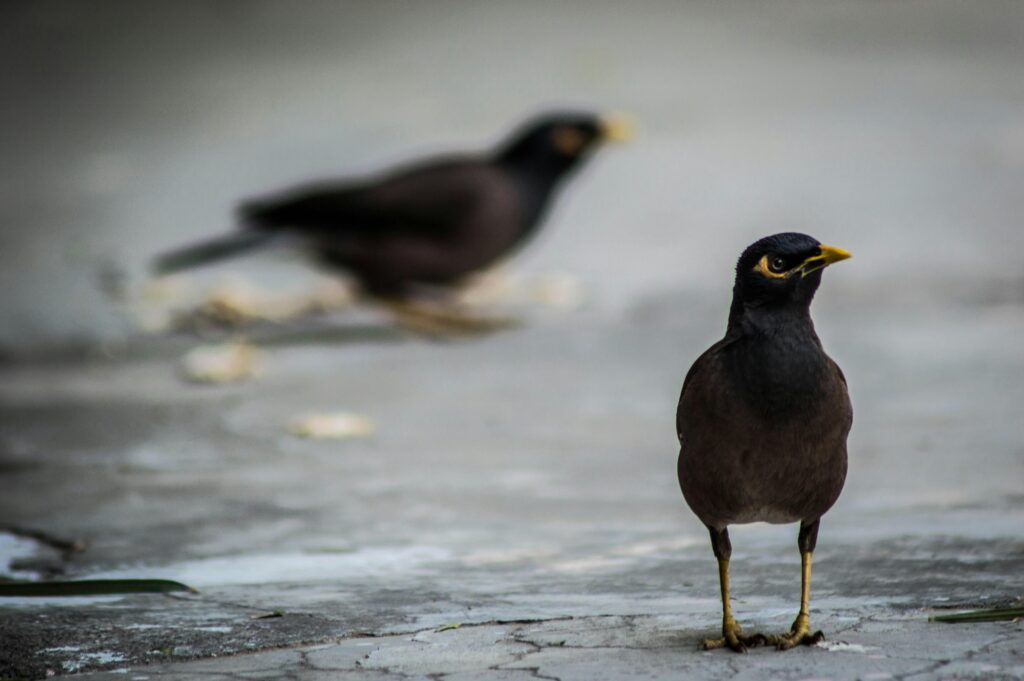
Final Thoughts
Myna birds are truly among the most captivating avian companions anyone can own. Their unmatched intelligence, emotional expressiveness, and lifelike mimicry make them stand out even among parrots. However, they are not low-maintenance pets — they require time, patience, and regular care to stay happy and healthy.
For those ready to invest that effort, the reward is immense: a talking, interactive friend who greets you by name, mimics your laughter, and becomes a cherished member of your family for years to come.
Before bringing one home, we recommend researching breeders, understanding the species’ dietary needs, and ensuring you have the time and space to meet their social demands.
Have you ever owned or interacted with a Myna bird? Share your experiences and tips in the comments below — we’d love to hear how these charming birds have brightened your life!
For more in-depth pet care guides and reviews, stay tuned to our blog and don’t forget to subscribe for weekly updates! 🐦

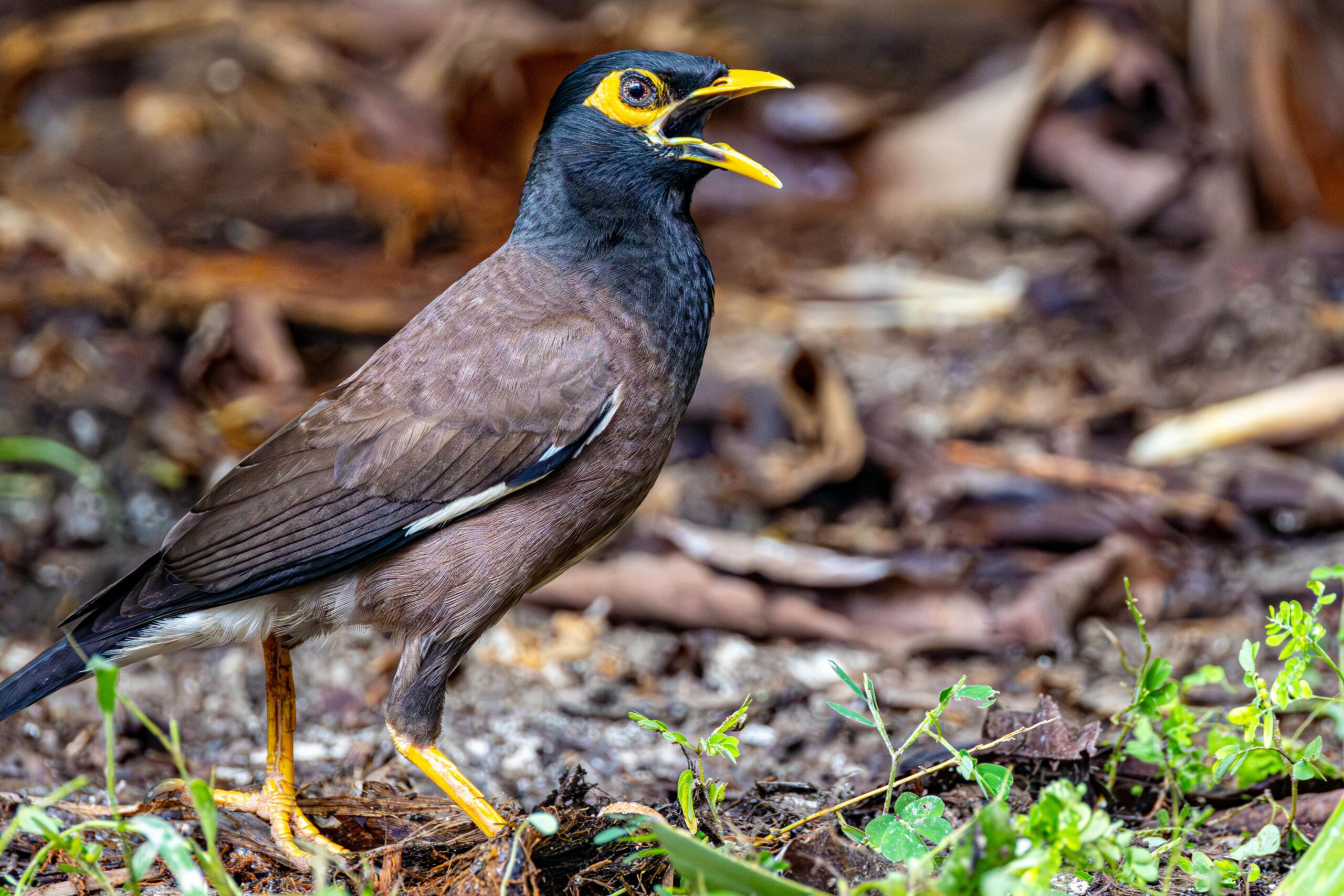

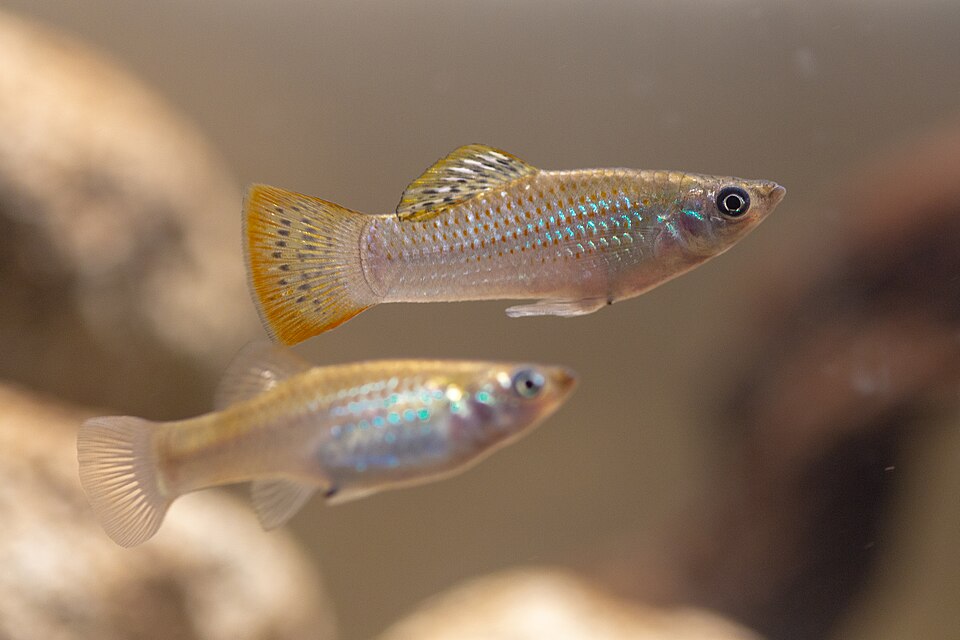
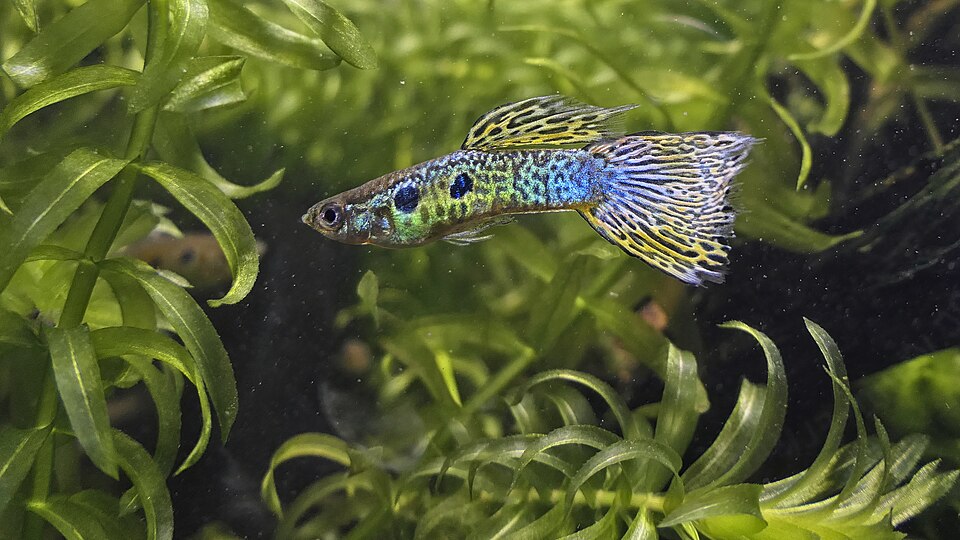
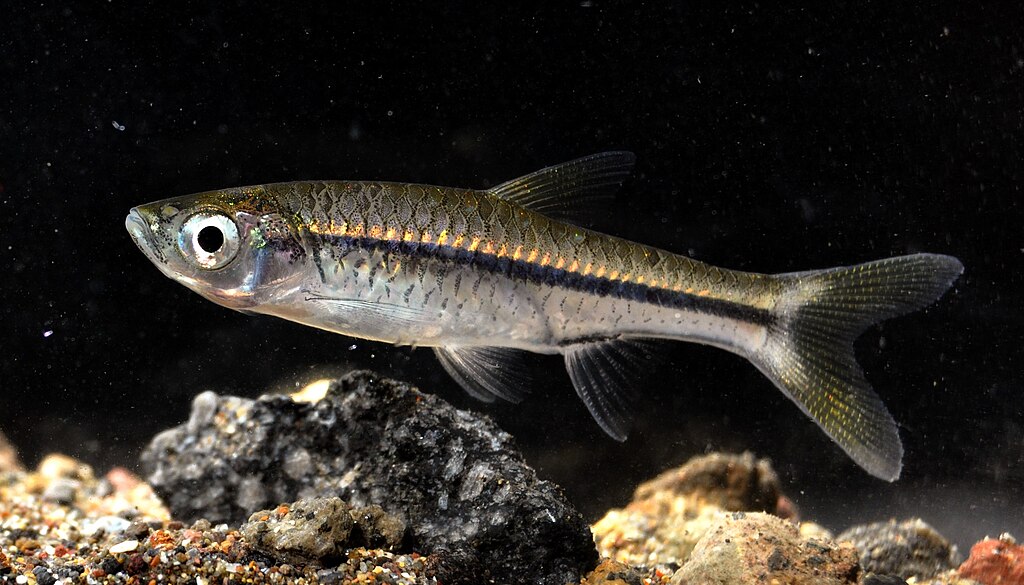
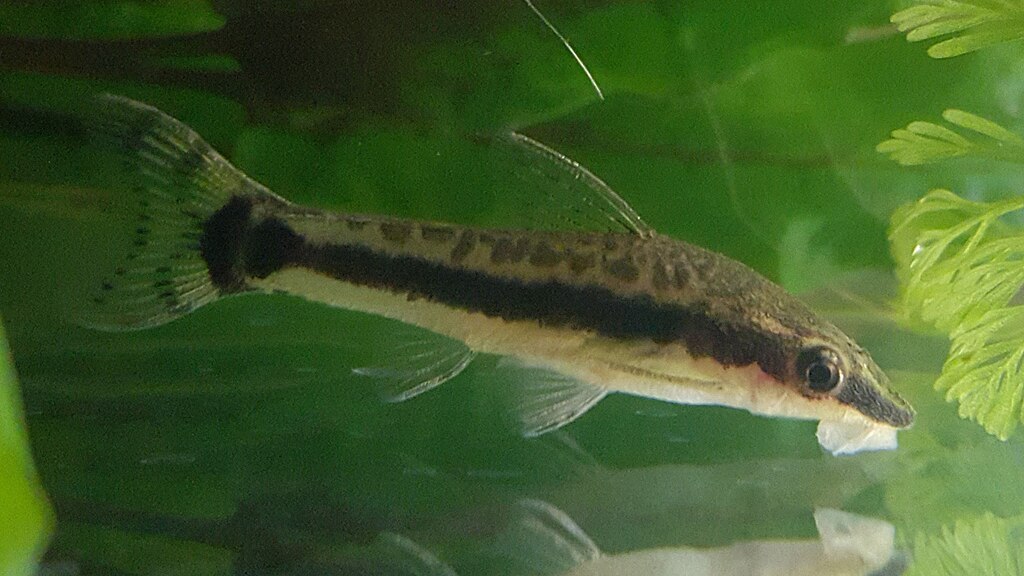

Leave a Reply